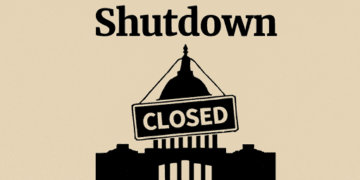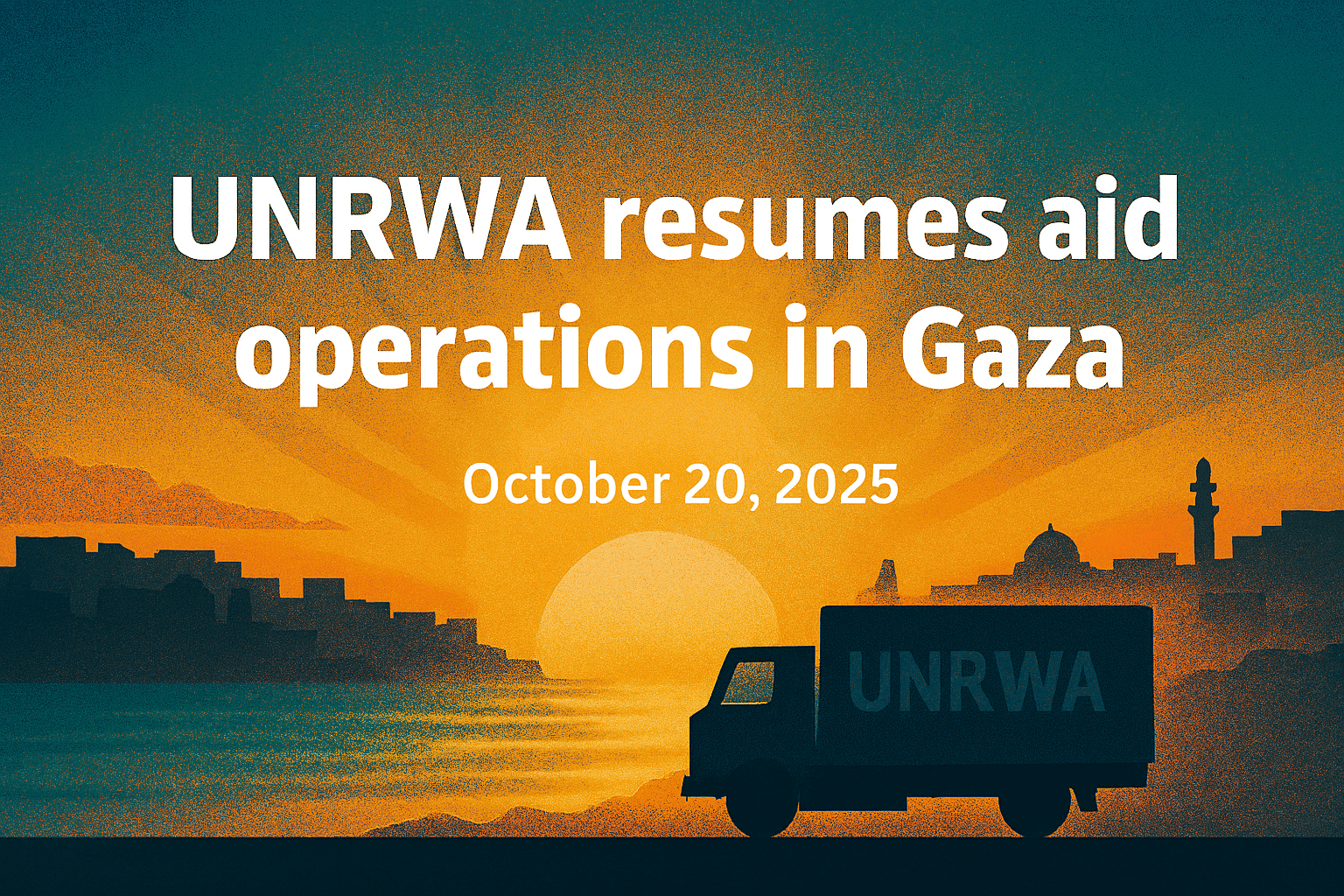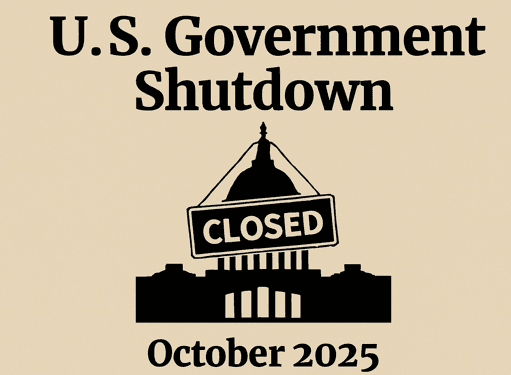The US government shutdown 2025 officially began on October 1, marking the first federal funding lapse in over six years. As of October 14, the shutdown continues with no resolution in sight, affecting millions of Americans and triggering widespread economic and political consequences. The impasse stems from a bitter partisan clash over healthcare subsidies, foreign aid allocations, and fiscal priorities for the 2026 budget year.
Why Did the Shutdown Happen?
Congress failed to pass a continuing resolution or full-year appropriations bill before the September 30 deadline. The primary sticking point was the extension of Affordable Care Act (ACA) subsidies, which Republicans labeled “Obamacare handouts” and refused to include in the spending package. Democrats, led by Senate Majority Leader Chuck Schumer and House Minority Leader Hakeem Jeffries, insisted that the subsidies were essential to prevent premium hikes for millions of Americans.
Scope and Scale of the Shutdown
Approximately 900,000 federal employees have been furloughed, while another 700,000 are working without pay. Non-essential agencies such as the Environmental Protection Agency (EPA), National Park Service, and portions of the IRS have suspended operations. Essential services like Social Security, USPS, and military operations continue, but with delayed pay and reduced staffing.
Table: Federal Services Status During Shutdown
| Agency/Service | Status | Impact |
|---|---|---|
| Social Security | Operational | Payments continue, staffing reduced |
| National Parks | Closed | Tourism losses, maintenance halted |
| IRS | Partially Closed | Refunds delayed, audits paused |
| USPS | Operational | Mail delivery unaffected |
| Military | Operational | Active duty unpaid, training scaled back |
Economic Impact
According to the Office of Management and Budget, the shutdown is costing the U.S. economy an estimated $400 million per day. Consumer confidence has dipped, stock markets are volatile, and small businesses dependent on federal contracts are struggling. Tourism in national parks and federal landmarks has plummeted, and local economies near military bases and government hubs are feeling the pinch.
Political Fallout
President Donald Trump has blamed Democrats for the impasse, warning that the shutdown could result in permanent reductions to federal programs. Meanwhile, Democrats argue that Republican refusal to fund healthcare subsidies is irresponsible and politically motivated. The standoff has deepened partisan divisions and raised questions about governance ahead of the 2026 midterm elections.
Public Sentiment and Protests
Across the country, federal workers have staged protests demanding pay and job security. In Washington D.C., thousands gathered outside the Capitol, chanting “Fund the People, Not the Politics.” Social media campaigns like #ShutdownStories have gone viral, with furloughed employees sharing their struggles and frustrations.
Impact on Travel and Infrastructure
Air travel has seen delays due to reduced TSA and FAA staffing. Infrastructure projects funded by federal grants have been paused, affecting road repairs, bridge maintenance, and public transit upgrades. State governments are stepping in with emergency funds, but many lack the capacity to sustain long-term support.
Healthcare and ACA Subsidies
The core dispute revolves around ACA subsidies. Democrats argue that cutting these subsidies would lead to premium hikes for over 12 million Americans. Republicans counter that the subsidies are fiscally unsustainable and distort the insurance market. The shutdown has halted enrollment outreach and delayed Medicaid reimbursements in several states.
Foreign Policy and Defense Implications
Internationally, the shutdown has raised concerns about U.S. reliability. Defense contractors face payment delays, and diplomatic missions are operating with skeleton staff. Allies have expressed concern over America’s internal instability, while adversaries view the gridlock as a sign of weakened governance.
Technology and Cybersecurity Risks
Cybersecurity operations at federal agencies have been scaled back, increasing vulnerability to attacks. The Department of Homeland Security has warned of potential breaches due to reduced monitoring. Tech vendors supplying federal systems are urging Congress to resolve the impasse before critical infrastructure is compromised.
Legal and Constitutional Debates
Legal scholars are debating the constitutionality of prolonged shutdowns. Some argue that failure to fund government operations violates the spirit of the Constitution’s mandate for a functioning executive branch. Lawsuits have been filed by federal unions demanding back pay and challenging furlough procedures.
Voices from the Ground
“I’ve worked for the Forest Service for 18 years. This is the third shutdown I’ve lived through, and it’s the worst,” said a furloughed employee in Colorado. “We’re pawns in a political game.” In Texas, a military spouse shared: “My husband is still reporting for duty, but we don’t know when his paycheck will come. We’re dipping into savings to survive.”
Outlook and Resolution Path
Negotiations are ongoing, but progress is slow. A bipartisan group of senators is proposing a temporary funding bill to reopen the government while talks continue. However, hardliners in both parties remain entrenched. Analysts warn that if the shutdown extends beyond October, the economic and social damage could be long-lasting.
Conclusion
The US government shutdown 2025 is more than a budgetary impasse—it’s a reflection of deep political dysfunction. As federal workers go unpaid and services grind to a halt, the urgency for compromise grows. Whether Washington can rise above partisan gridlock remains to be seen, but the cost of inaction is mounting by the hour.




















